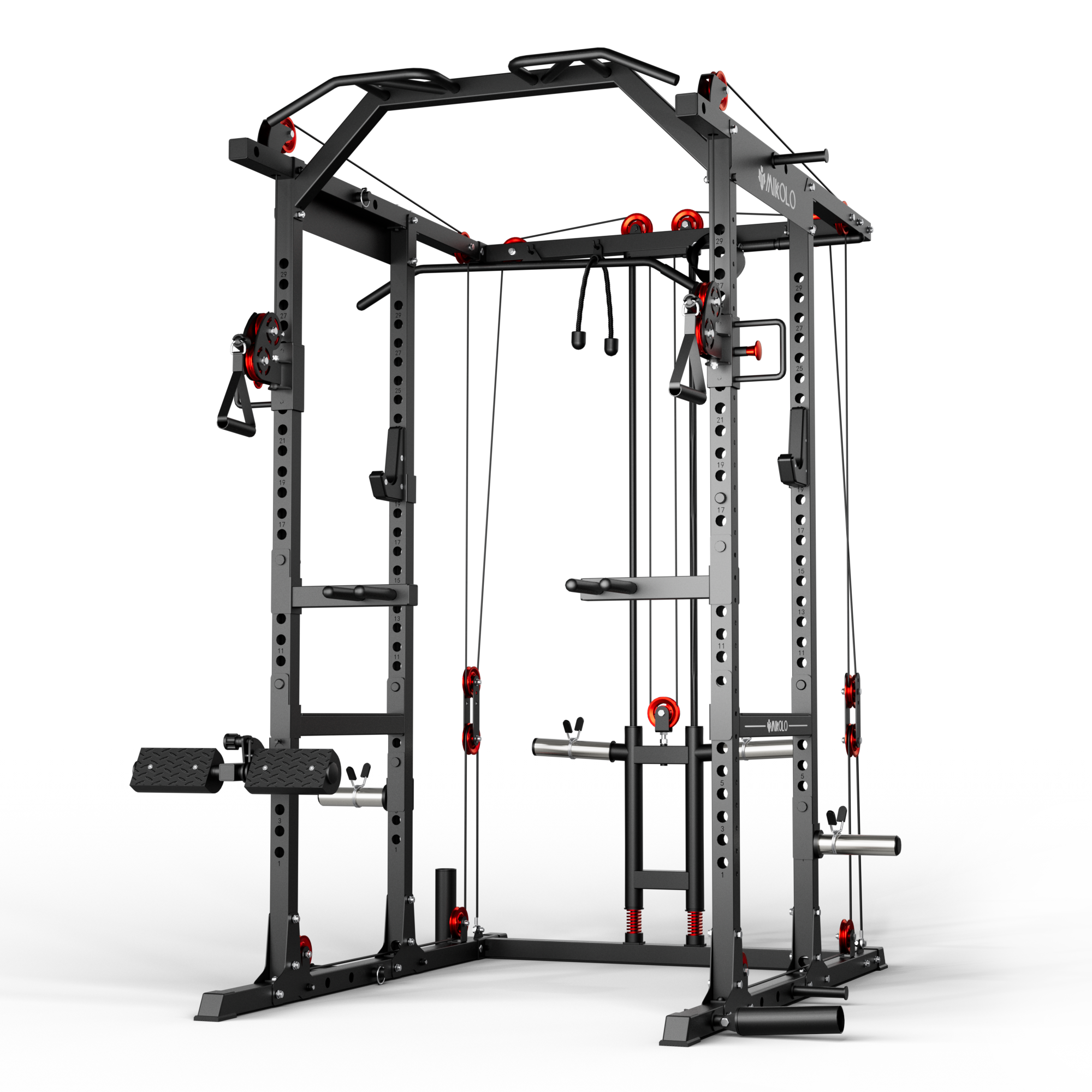Building a strong, well-defined chest isn’t just about pushing weight—it’s about precision, consistency, and understanding how your muscles work. For anyone looking to maximize their chest training, especially in a home or boutique gym setting, isolated chest press machines and side chest press machines offer unmatched focus and versatility.
What Is an Isolated Chest Press Machine?
An isolated chest press machine is designed to do exactly what the name suggests: isolate the chest muscles, particularly the pectoralis major, while minimizing involvement from supporting muscle groups like the shoulders and triceps. These machines are typically plate-loaded or selectorized and allow for strict control of the pressing path.
Unlike free weights, where stability becomes a factor, an isolated chest press machine keeps the movement locked in, allowing users to concentrate entirely on contracting the chest muscles. This makes it ideal for:
-
Beginners learning proper form
-
Bodybuilders chasing peak muscle activation
-
Rehab patients regaining strength post-injury
-
Athletes correcting imbalances or asymmetry
When used correctly, these machines can create a deep, controlled contraction that’s difficult to replicate with barbells or dumbbells.
The Advantage of the Side Chest Press Machine
The side chest press machine—sometimes called a unilateral or converging chest press—is a variation designed to mimic the natural arc of a dumbbell press or pec fly, but with added stability and safety. These machines often feature independent arms that allow each side of the chest to move separately, promoting balanced development.
This type of equipment is particularly useful when:
-
You’re trying to improve mind-muscle connection on one side
-
You want a more natural, sweeping motion that engages the inner chest
-
You’re dealing with joint pain or shoulder restrictions
-
You’re including more functional movements in your routine
The converging motion of a side chest press machine better matches the anatomical function of the chest muscles, helping to stimulate the fibers across the midline—especially when pressing from a neutral or slightly angled grip.
How to Use These Machines for Maximum Results
Whether you’re using an isolated or side chest press machine, technique matters. Here are a few pointers to keep in mind:
-
Adjust Your Seat and Handles
Make sure your hands are in line with your mid-chest, not too high or low. Proper alignment ensures you're targeting the pectorals, not overloading your shoulders. -
Control the Eccentric Phase
Don’t let the weight drop. Controlling the lowering portion of the rep increases muscle tension and reduces joint strain. -
Use Full Range of Motion
Especially on side chest press machines, extend until you feel a deep stretch—but not so far that your shoulders disengage. -
Focus on Contraction
Pause at the top of the rep and squeeze the chest. That mind-muscle connection is key to growth, especially when working in isolation. -
Progress Thoughtfully
Don’t just pile on weight. Increase time under tension, slow your reps, or use rest-pause sets to push through plateaus.
Choosing the Right Machine for Your Goals
If your goal is hypertrophy or sculpting the chest with pinpoint accuracy, an isolated chest press machine may be your best bet. It removes variables, locks in form, and allows you to fatigue the pecs without over-recruiting the delts or arms.
On the other hand, if you’re aiming for a more dynamic, balanced physique with functional carryover, the side chest press machine gives you the freedom to move more naturally while still offering structure and safety.
Many modern gyms—and high-end home gym setups—now include both types, recognizing the value each brings to a well-rounded chest training program.
Final Thoughts
Serious results require serious tools. Whether you’re new to resistance training or years into your fitness journey, incorporating isolated and side chest press machines can elevate your chest workouts from routine to precision-crafted.













































Leave a comment
This site is protected by hCaptcha and the hCaptcha Privacy Policy and Terms of Service apply.